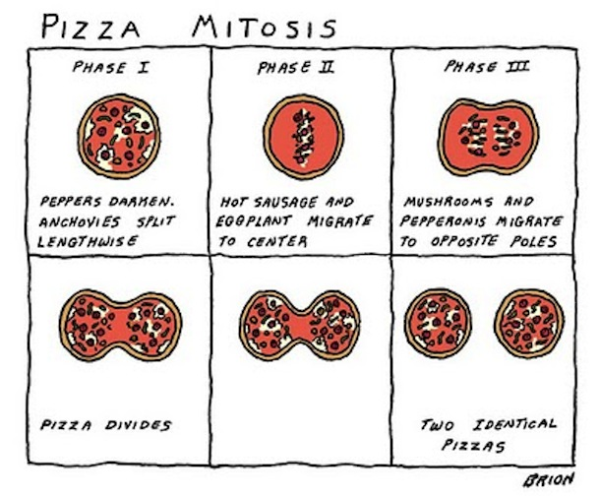Whatever you decide to do, as long as it involves biology, you will have to have a very good grasp on these concepts. You may not have to know the mechanistic details of all the steps of these divisions, but you will have to know what these kinds of cell divisions are and some basic information about them.
Let’s go over some of the basics together
Mitosis is the method by which asexual cells divide and grow. This process happens in 4 steps called prophase, metaphase, anaphase and telophase.
Meiosis is the method by which sexual cells divide to produce gametes. During the course of meiosis, the cell goes through two sets of cell divisions, meiosis I and meiosis II. Each meiosis comprises the 4 steps mentioned in mitosis, so the order of steps for meiosis is: prophase I, metaphase I, anaphase I , telophase I, prophase II, metaphase II, anaphase II and telophase II. Unique to meiosis is the exchange of genetic material between homologous chromosomes during prophase I. This process (named crossing over) is crucial to the generation of genetic diversity.

Main differences between mitosis and meiosis.
In thinking about this, I like to organize the material into a table.
Mitosis |
Meiosis |
|
Number of daughter cells for each mother cell |
2 |
4 |
Amount of genetic material in daughter cells |
2N (remains the same as the mother cell) |
N (half that of the mother cell) |
Genetic identity of daughter cells with the mother cell |
Identical |
Not identical (due to crossing over) |
Cells undergoing this division |
All cells |
Only sex cells |
So what is the best way to fully understand these concepts?
In learning about mitosis and meiosis you will have to first go over the material covered in your specific book. Once you have read all the material in the book and feel you fully understand it, I always recommend that you draw a cell with a small chromosome number (I usually prefer N=3 or 4), and use a different color for depicting each chromosome. Then you take the cell through all the steps of mitosis on one side of your notebook page, and through all the steps of meiosis on the other side of your notebook page (always keep track of each chromosome by using the appropriate color). Make sure to include the crossover event between homologous chromosomes when taking the cell through meiosis. If you can do this kind of exercise without any difficulty, you have truly mastered meiosis and mitosis and are ready to tackle other biological topics that build on these concepts.
If you're still confused, consider reaching out to a biology tutor. Call Cambridge Coaching for a free consultation today!

Comments